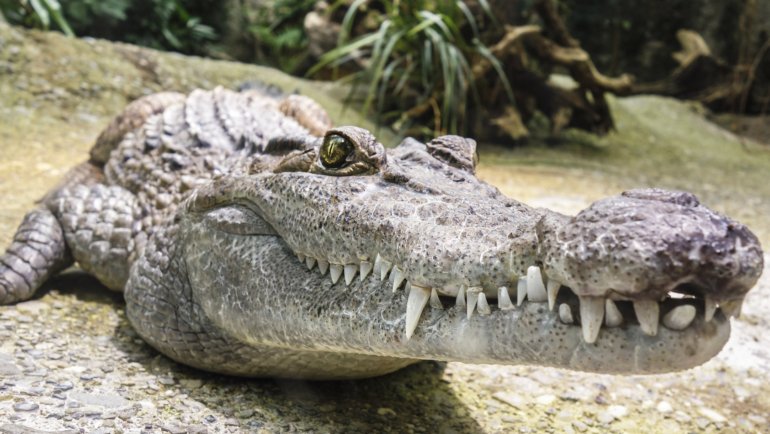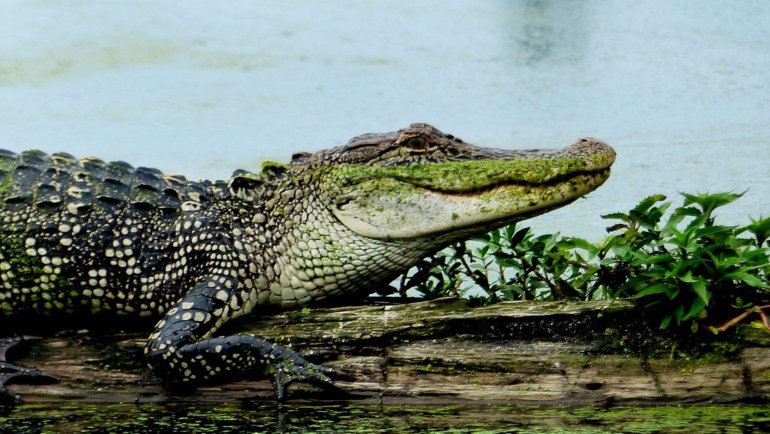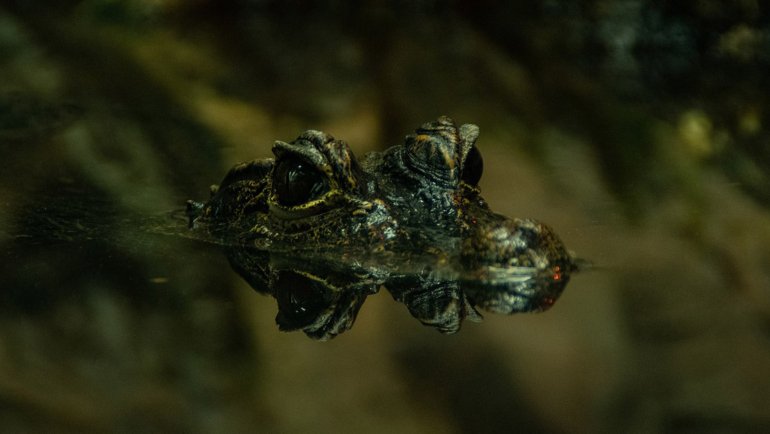Deep within the heart of the Amazon rainforest, there lurks a creature that has captured the imaginations of many, inspiring both awe and fear. The anaconda, a snake of monumental proportions and unparalleled power, has long been a subject of fascination and intrigue.
From ancient indigenous legends to blockbuster films, this magnificent reptile has cemented its place in global culture. But what truly defines this enigmatic giant? How does it live, hunt, and thrive in one of the world’s most challenging environments?
In this article, we delve beyond the myths and misunderstandings, unveiling 25 compelling facts about anacondas. As you journey through these revelations, you might find your perceptions shifting, replacing fear with respect and wonder for one of nature’s most astounding creatures.
Facts About Anacondas, Explained
- Largest Snake by Weight: The green anaconda, a species of the Eunectes genus, holds the title of the heaviest snake globally. While the reticulated python can sometimes surpass it in length, when it comes to sheer weight and girth, the anaconda reigns supreme. This weight advantage allows it to prey on larger animals.
- Semi-aquatic Creatures: Anacondas are perfectly adapted for life in water, especially in the swamps and slow-moving rivers of the Amazon. Their eyes and nostrils are strategically positioned atop their heads, enabling them to see and breathe even when the rest of their body is submerged. This makes them stealthy hunters, nearly invisible to prey in aquatic environments.
- Breeding Ball Phenomenon: During the mating season, it’s not uncommon for several male anacondas to pursue a single female. This results in the formation of a “breeding ball,” where multiple males wrap around one female, competing for her attention. This tangled mass can persist for weeks, ensuring the strongest mate with the female.
- Live Births: Anacondas are among the few snake species that don’t lay eggs. Instead, they give birth to live offspring, a method known as ovoviviparity. In a single birthing event, a female anaconda can bring 20 to 40 young snakes into the world.
- Amazon Inhabitants: The vast and biodiverse Amazon rainforest is home to the anaconda. These snakes thrive in the region’s swampy areas, slow-moving rivers, and marshes. Their presence in the Amazon ecosystem plays a significant role in regulating the populations of various animals they prey on.
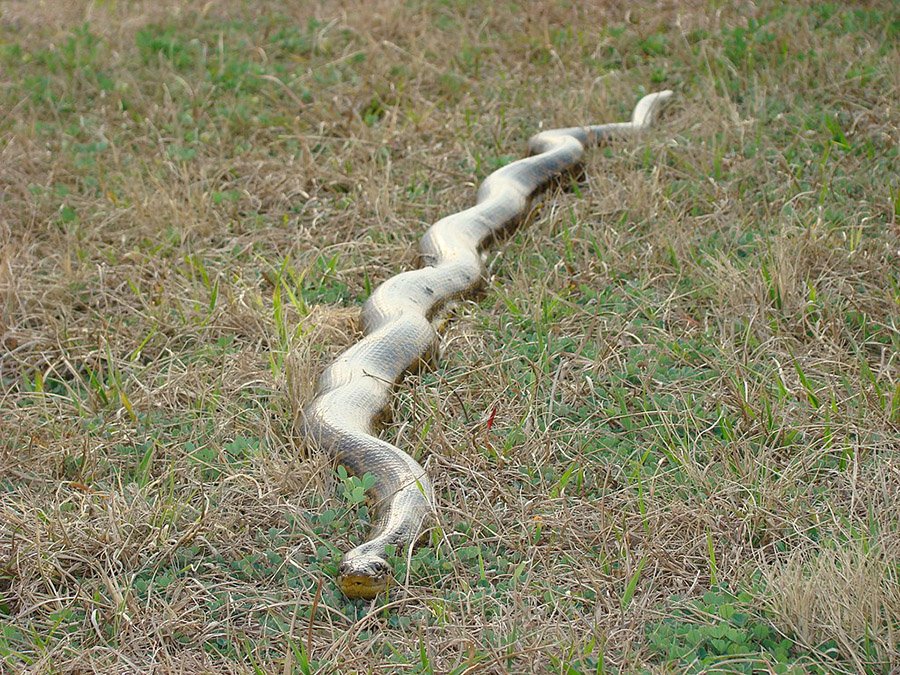
- Varied Diet: Anacondas have a diverse diet that includes fish, birds, wild pigs, and even jaguars. Their large size and powerful constriction method allow them to tackle and consume a variety of prey. It’s not uncommon for an anaconda to go weeks or even months without eating after consuming a large meal.
- Slow Land Movers: Despite their power and hunting prowess, anacondas aren’t particularly fast on land. Their bulky size restricts rapid movement, but this limitation is counteracted by their stealth and ambush-hunting tactics. In water, however, they become much more agile and swift.
- Sensitive Skin: The skin of an anaconda is equipped with numerous receptors, making it incredibly sensitive. This heightened sensitivity aids them in detecting vibrations in the water, allowing them to pinpoint approaching prey or potential threats. It’s a vital adaptation for a creature that often hunts by ambush.
- Longevity: In the wild, anacondas can live up to 10 years. However, in captivity, where threats are minimized and food is consistent, they can live up to 30 years. This considerable age difference highlights the challenges anacondas face in their natural habitat.
- Impressive Lung Capacity: Anacondas can remain submerged for a surprisingly long time. They can hold their breath for up to ten minutes, giving them ample time to approach and ambush prey without being detected. This ability further solidifies their reputation as apex predators in their environment.
- Natural Camouflage: Anacondas possess a distinctive coloration pattern, with olive-green scales adorned by black blotches. This pattern acts as natural camouflage, blending seamlessly with the murky waters and dense vegetation of their habitat. This disguise is essential for their ambush hunting technique.
- Impressive Size Variation: While fully grown anacondas are awe-inspiring, they start life quite small. Newborn anacondas are roughly 2 feet (60 cm) in length, a stark contrast to the potential 30 feet (9 meters) they can reach as adults. This incredible growth showcases the anaconda’s adaptability and survival prowess.
- Constriction Power: Anacondas kill their prey using constriction. Once they grab onto a victim, they coil around it and tighten their grip each time the prey exhales, eventually causing suffocation. This method is highly effective, allowing the snake to subdue animals much larger than itself.
- Eyes as Warning Systems: The position of an anaconda’s eyes serves a dual purpose. Positioned on the top of their heads, they can see above the water while the rest of their body remains submerged, making hunting more efficient. Simultaneously, when they submerge completely, only their eyes and nostrils remain above water, indicating their presence to nearby animals.
- Regeneration Ability: Like many other snakes, anacondas can regrow a lost tail or part of it. This ability is especially useful in the wild, where confrontations with prey or other threats might lead to injuries. Such regenerative capabilities increase their chances of survival.
- Solitary by Nature: Anacondas are solitary animals and prefer to remain undisturbed. Outside of the mating season, it’s rare to find anacondas in groups. Their reclusive nature adds to their mystique and the fear they command in popular culture.
- Thermal Regulation: As ectotherms, anacondas rely on external sources to regulate their body temperature. They bask in the sun to warm up and seek shade or water to cool down. This behavior ensures they maintain an optimal body temperature for hunting and digestion.
- Threats to Anacondas: While they’re apex predators, anacondas face threats from humans. Habitat destruction due to deforestation and hunting for their skin are significant concerns. Awareness and conservation efforts are vital to ensure their survival.
- No Natural Predators: Adult anacondas have no natural predators in the wild. Their size, strength, and aggressive nature deter most would-be threats. However, juvenile anacondas have to be wary of predators like caimans, large birds of prey, and even other snakes.
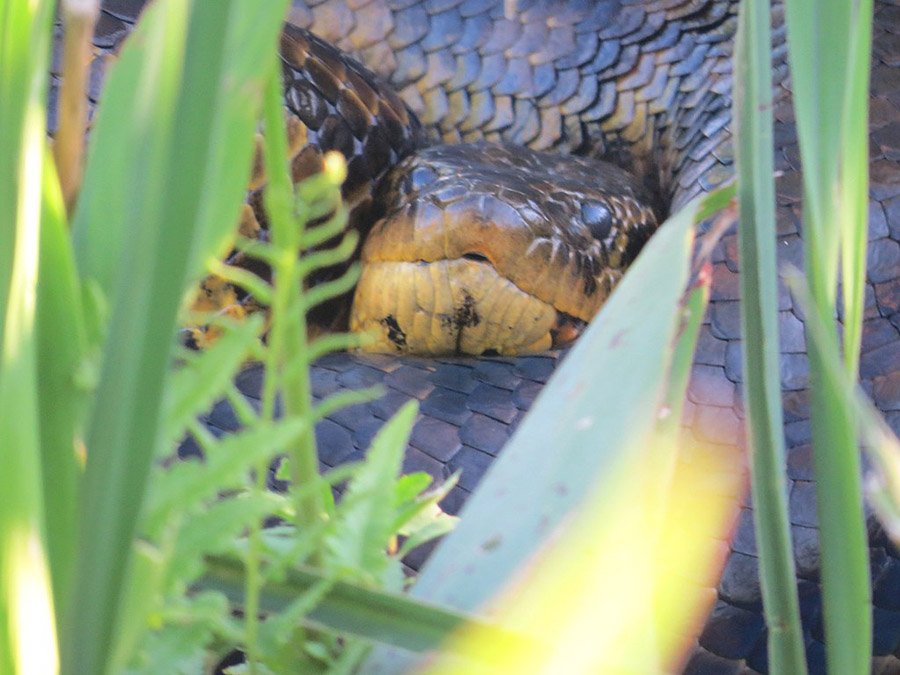
- Digestive Efficiency: Anacondas have an incredibly efficient digestive system. After consuming their prey, they can digest everything, including bones and feathers, leaving behind little to no waste. This efficiency ensures they extract the maximum nutrients from their meals.
- Swimming Prowess: Anacondas are excellent swimmers. Their muscular bodies propel them through the water with ease, making rivers and swamps their preferred hunting grounds. They can cover large distances in water in search of food or suitable mating partners.
- Sensitive Tongue: Like other snakes, anacondas use their forked tongues to pick up scent particles from the air. By flicking their tongues in and out, they gather information about their environment, helping them locate prey or detect threats nearby.
- Molting Process: Anacondas, as with other snakes, undergo a molting process where they shed their old skin. This process allows for growth and helps rid the snake of parasites. A healthy anaconda might shed multiple times a year, depending on its age and growth rate.
- Not the Longest Snake: While they’re the heaviest snakes in the world, anacondas don’t hold the record for length. The reticulated python, found in Southeast Asia, is recognized as the world’s longest snake. However, when comparing girth and weight, the anaconda stands unmatched.
- Cultural Significance: Anacondas hold a prominent place in South American folklore and global pop culture. They’re often depicted in myths, legends, and modern media as symbols of strength and mystery. Their immense size and power have contributed to their legendary status across cultures.
Top image via Wikimedia Commons
Learn More About Anacondas
- Anaconda: Characteristics, Diet, Facts & More [Fact Sheet]
- How Fast Are Anacondas? How Do They Compare With Other Snakes?
- Can Anacondas Swim? Are They Good Swimmers?
- Anaconda vs. Jaguar: Who Eats Who?
- Are There Anacondas in Florida? Unraveling the Mystery
- Anaconda vs. Python: Giants of the Snake World
- Do Anacondas Lay Eggs? Understanding Anaconda Reproduction
- Titanoboa vs. Anaconda: A Comparison of the Colossal Serpents

